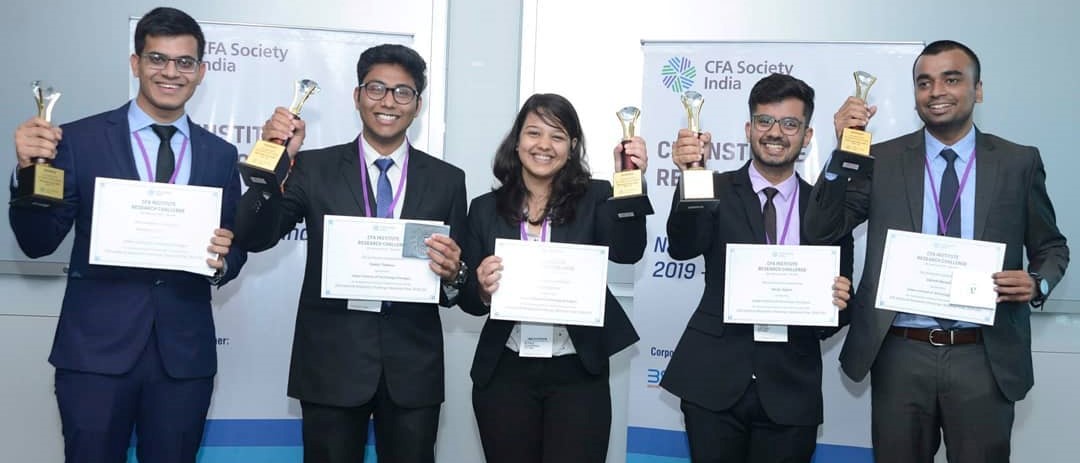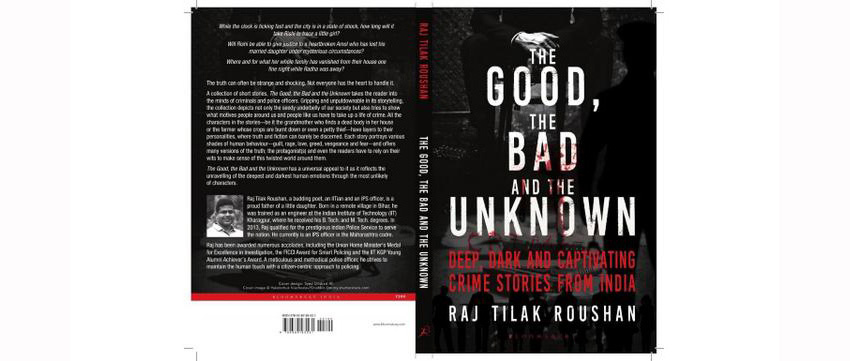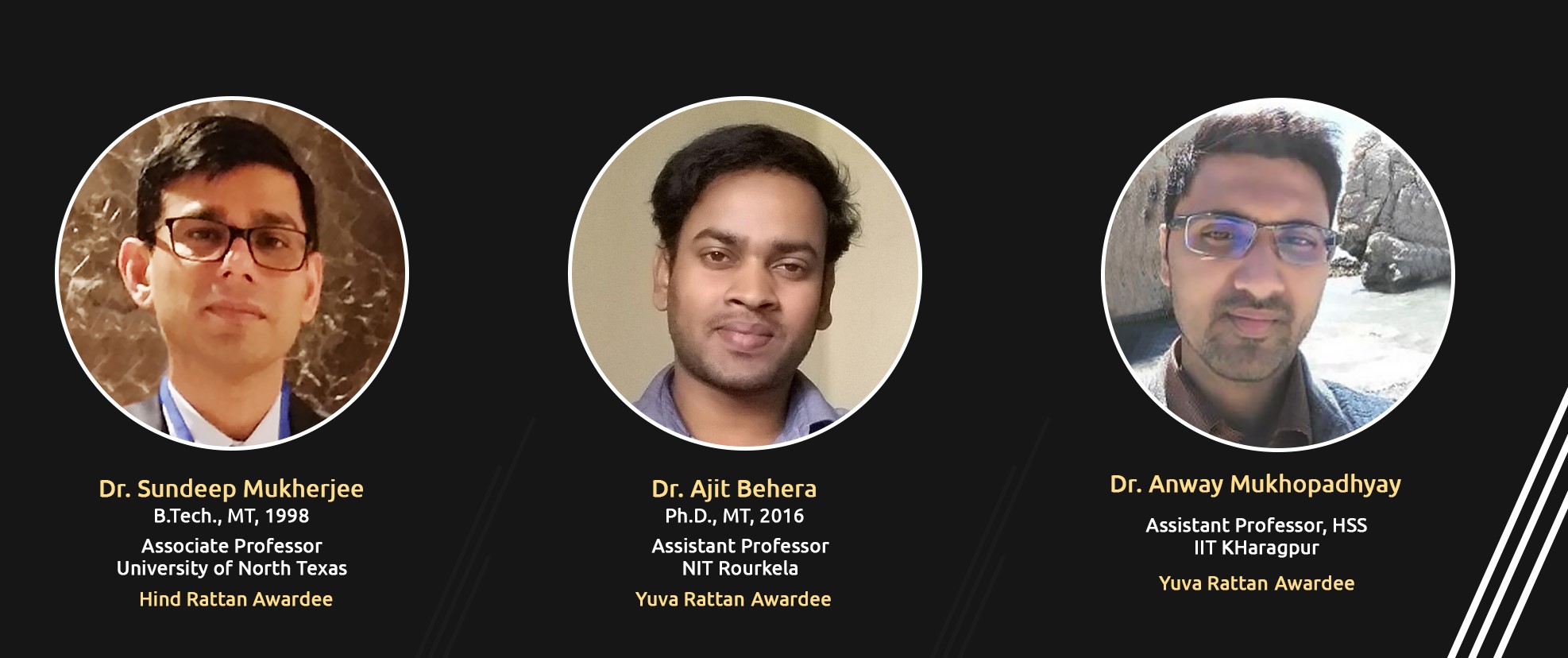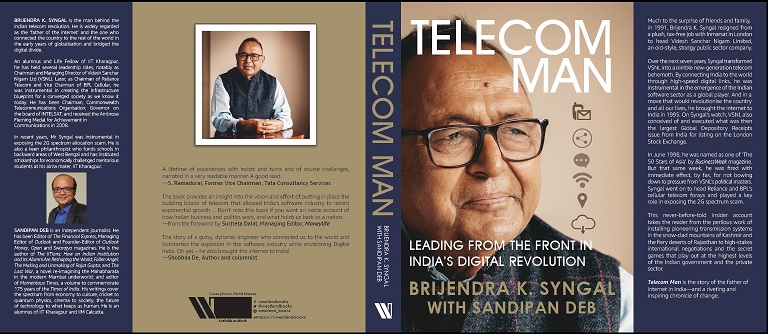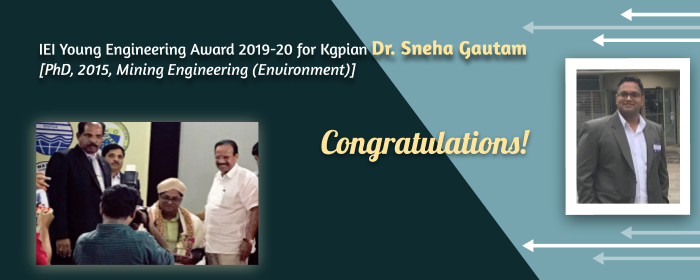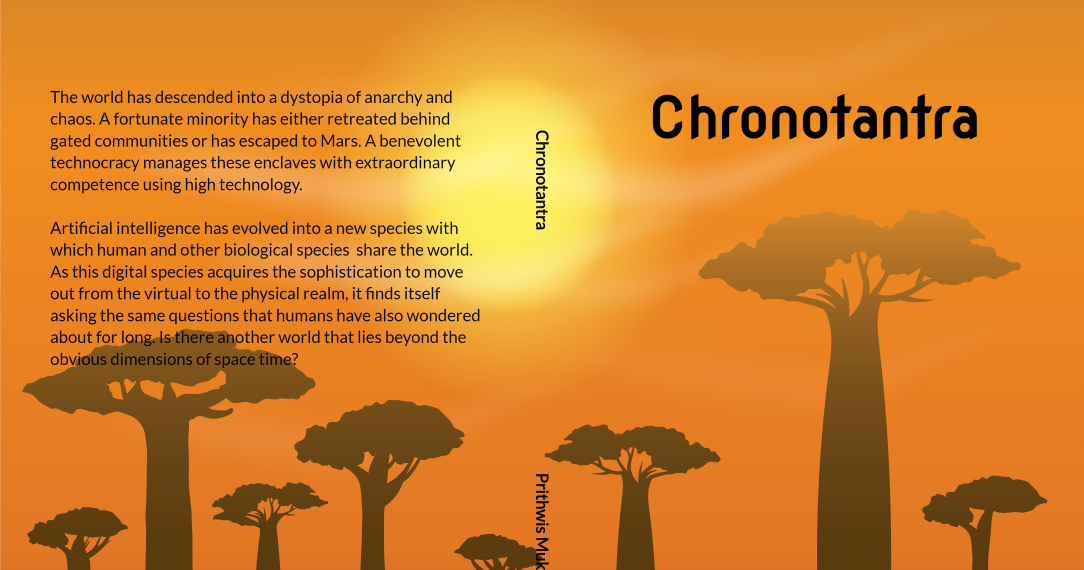
The Yogic Avabodha – Atal
The word 'Avabodha' in Sanskrit is referred to someone who possess an awakened consciousness of soul. As the motto of the institute says Yogah Karmasu Kaushalam which means Excellence in Action is Yoga, we have an Alumnus who imbibed the thought as the basics of his existence. The spirit of a warrior, the body of iron and a heart of gold, yes we are talking about an explorer of life, Mr. Atal Agarwal, an alumnus of IIT Kharagpur, who graduated in 2017 and became one among the few IITians who represented Indian Institute of Technology (IIT) as an Alum in…


